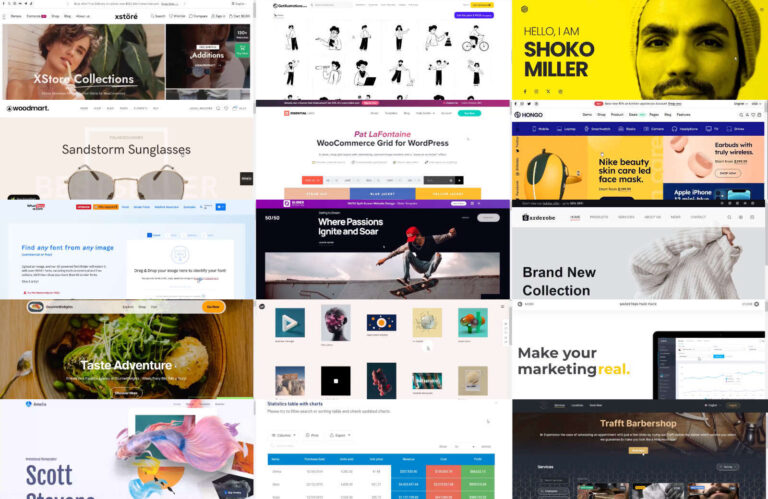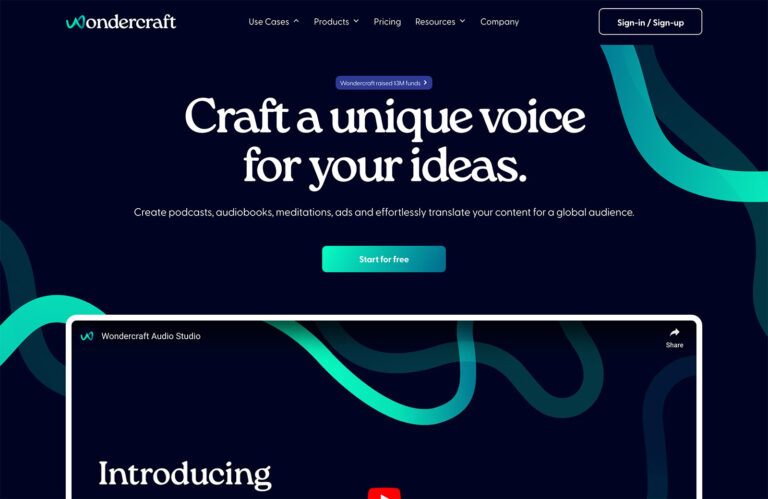
Yesterday
Design trends evolve at a blistering pace, especially in web design. On multi-month projects, you might work on a cutting-edge design after the kick-off meeting, only to launch a dated-looking site.

Enter predictive analytics — a machine learning approach that can trace patterns in datasets and even anticipate future pattern shifts.
Predictive analytics has been around for decades, but it’s only with the maturation of Artificial Intelligence (AI) that the analytical processes can be automated, allowing practical application of what, until now, has been a largely theoretical field.
When properly applied, predictive analytics can be transformed from a forecasting tool into a cornerstone of your creative strategy.
Understanding Predictive Analytics and AI
Predictive analytics involves using algorithms to analyze historical data, using it to forecast future trends. It integrates statistical, modeling, data mining, and machine learning techniques, enabling decision-makers to see patterns and predict future outcomes with varying degrees of probability.
AI significantly enhances predictive analytics accuracy by rapidly analyzing a larger dataset than a human can. Additionally, AI can teach itself by adapting and learning from real-world results rather than historical data. As AI models improve accuracy, they will transform the design industry by offering accurate and actionable trend forecasts.
In design, predictive analytics draws on a vast array of data, from historical sales figures to customer demographics, online behavior patterns, and live feedback from design iterations. Visual data, such as images and design assets from previous campaigns, helps AI determine what will resonate with consumers. Large AI systems can even trawl external sources, like design awards, to see what professional designers rate highly.
How AI Predicts Design Trends
Predicting future trends using AI involves a detailed and systematic process of analyzing both historical and up-to-date information. It usually follows this pattern:
- Data Collection — the first step involves gathering vast amounts of relevant data from various sources. The more information the better.
- Data Preprocessing — once collected, data needs to be cleaned and organized. This involves removing duplicate data so it doesn’t skew results, filling any gaps, and converting data into a consistent format so it can be compared.
- Feature Selection — this involves identifying the relevant features to be compared across the data. For example, in design trends, color — hue, brightness, and saturation — is fundamental.
- Model Selection — the right tools significantly increase your chance of success. Common tools for predicting design trends include neural networks, decision trees, and regression models. Each tool has its own strengths and weaknesses.
- Training the Model — AI uses historical data to train the selected tool. This involves feeding the model data points where the outcomes are known. It allows the model to learn by adjusting its parameters to minimize the difference between its predictions and the actual outcomes.
- Model Evaluation — once trained, the model is validated using different data. This ensures that the model works well on various data, and didn’t just perform well on the training data by accident.
- Prediction — AI now analyzes current data to predict future trends.
- Implementation — the design team now has a comprehensive set of predictions about future design trends that can be used as creative inspiration, to guide the design of new websites and apps.
- Revision — once the new project is released, the AI model can adapt based on new information, such as how well the design was received. It is then ready for the next project.
By following these steps, AI can effectively analyze data to predict future trends, helping businesses stay ahead in competitive markets.
How Good is AI at Predicting Design Trends?
There are two major benefits to using AI to perform predictive analytics, the first is speed and efficiency. Traditional methods, much like the speculative analysis we conduct ourselves, are time-consuming and, as a result, can lag behind the market, meaning that by the time your analysis is complete, your data is out of date.
By comparison, AI — particularly when powered by a suitably powerful machine — can instantly process vast quantities of data. As a result, the predictions are more timely and become actionable.
The second major benefit is AI’s ability to catalog and process vast amounts of data to compare. While a human might conceivably compare a few hundred designs in a day or so, AI can compare thousands in mere seconds. Consequently, AI’s predictive analytics are far more powerful than anything human beings can achieve.
Of course, AI is not flawless. The accuracy and reliability of its predictions are dependent on several factors, including:
- Data Quality — the higher the quality of the input, the higher the output quality.
- Model Appropriateness — different models will perform better with other data sets and tasks. Ideally, multiple models will be applied.
- Task Complexity — perhaps the most important criterion of all, results depend on complexity; it’s a relatively simple task to predict color trends for the next few months; layout trends, on the other hand, are much more challenging to identify.
AI trend predictions are transformative for the industry, but there are challenges. The most obvious is the inherent bias in data — it’s a sad reality that all societies are, to a greater or lesser extent, plagued by sexism, racism, homophobia, ageism, xenophobia, and numerous other prejudices. Often, these biases enter models without our realizing it. Occasionally, it is the act of attempting to remove these biases that output the wrong results, as was the case recently when Microsoft’s Gemini project output images of black nazis and native american vikings. Bias can cause AI to misunderstand the cultural nuances that drive design trends.
Despite these challenges, when guided correctly by an experienced designer, AI is capable of impressive levels of accuracy and is always improving.
The Future of Predictive Analytics
AI technologies will develop a deeper understanding of human creativity as they evolve. This evolution is likely faster than the progress made so far simply because the business model for AI has been proven.
Ultimately, AI may predict trends based on historical data and generate original creative proposals, acting as a co-designer in the process.
AI makes design trend forecasting faster and more accurate than ever before. However, it will be some time before AI understands and takes into account the inherent bias in data. At least for the foreseeable future, AI can’t perform without a human to edit its results, and so AI remains a tool to serve human creativity rather than replace it.
Simon Sterne
Simon Sterne is a staff writer at WebdesignerDepot. He’s interested in technology, WordPress, and all things UX. In his spare time he enjoys photography.





